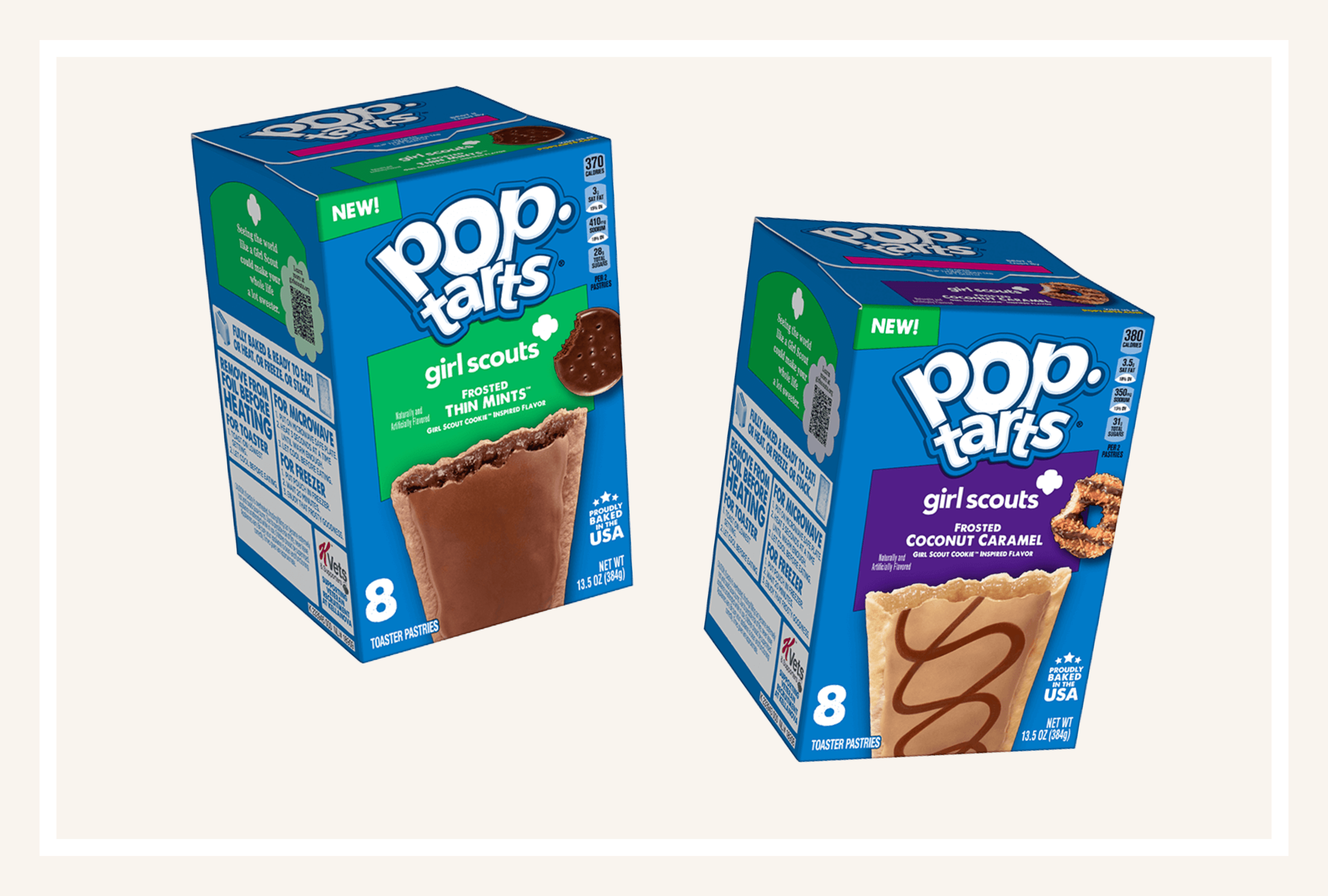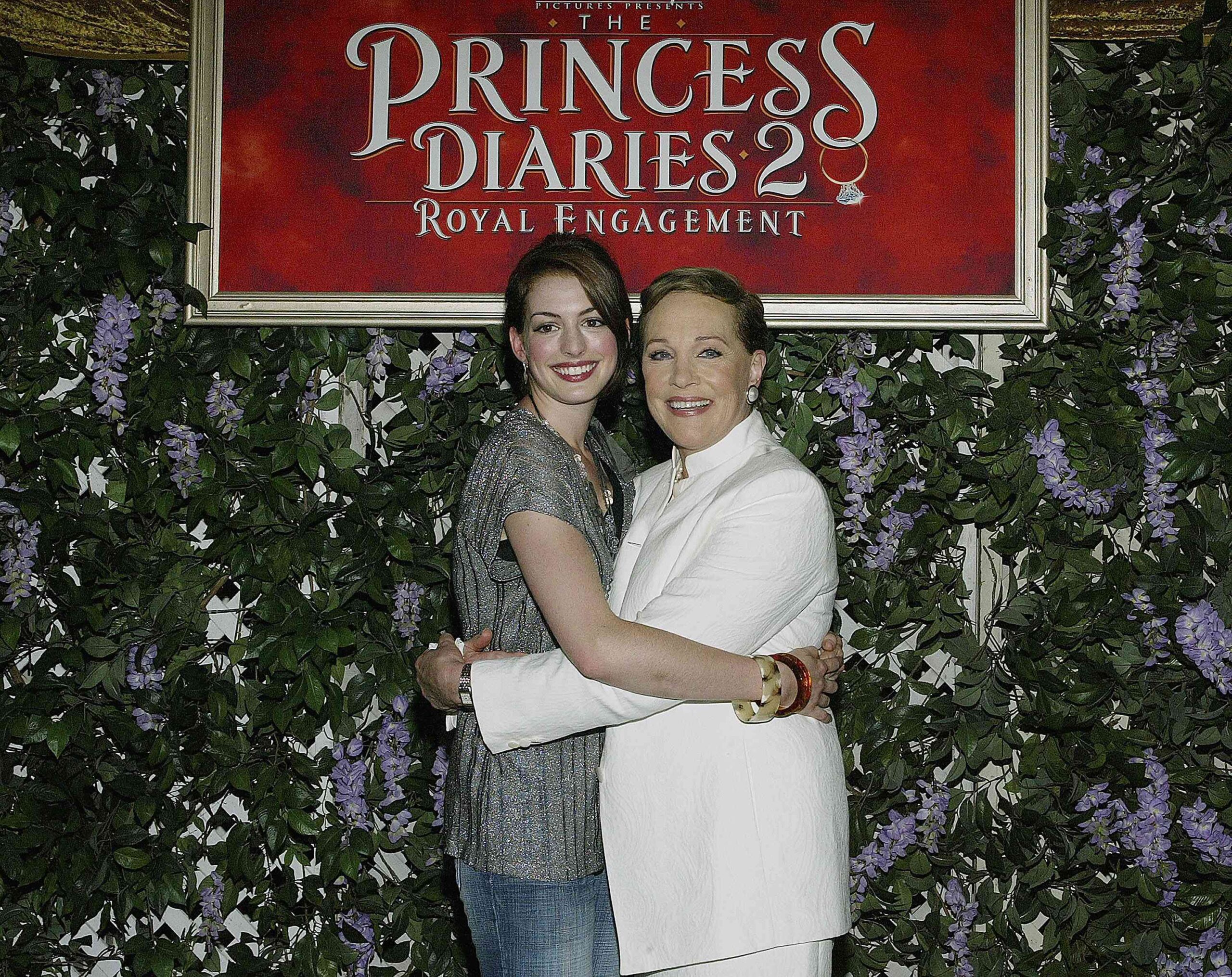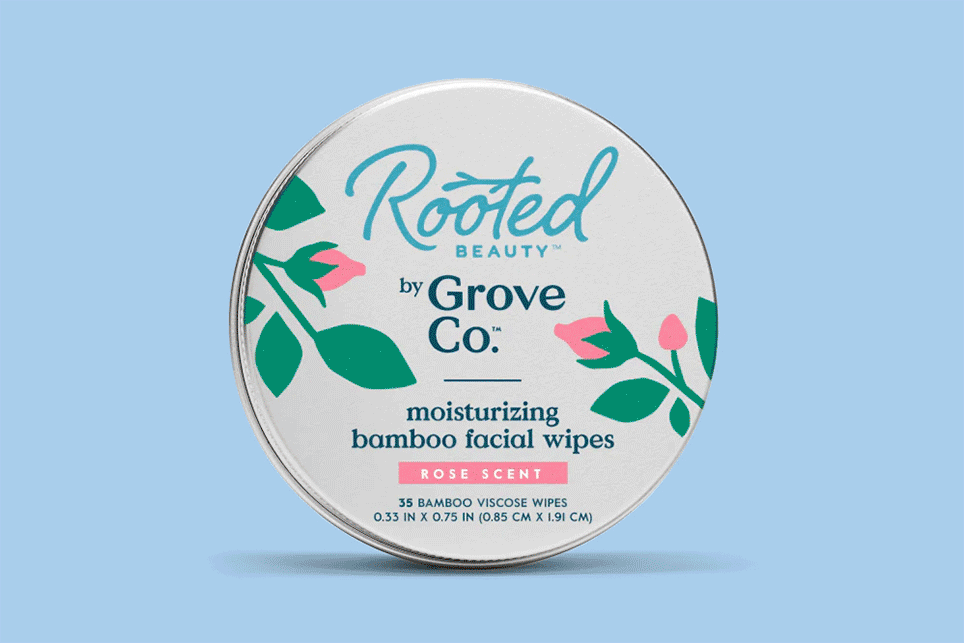
Prime Rib vs Ribeye: A Cattle Expert Shares Which Steak Cut Is Better—and Why
Key Takeaways
- Prime rib and ribeye come from the same area of a cow, but prime rib is a larger cut that is broken down into a roast, while a ribeye is smaller steak cut that’s taken from the prime rib.
- Prime rib is a large, fatty cut that typically cooks at medium heat for several hours, while a smaller ribeye steak benefits from hot and fast cooking, such as on the stovetop or grill.
- Ribeye is generally considered the superior cut of the two because it cooks more quickly and can benefit from a salt crust, but prime rib is better if you’re cooking for a group of people.
Buying a steak can be both exciting and confusing. It’s a treat with so many different options, and because many different cuts sound so similar, it can be daunting to pick the right one. Given the typically high price of beef, you want to get it right.
Cuts of beef are referred to as subprimal (larger cuts) and primal (smaller cuts from those larger cuts). When it comes to cuts with “rib” in the name, they’re both from the same primal area, but the way the primal meat is butchered determines what steak it will become.
Both ribeye and prime rib are in the same muscle group on a cow, but the cut is what differentiates each type. “A prime rib is left as a roast, and a ribeye is cut into a steak,” explains rancher Patrick Montgomery, founder of Valor Provisions and KC Cattle Company. Both ribeye and prime rib can be cut in various ways, including bone-in (sometimes called standing rib roast for prime rib) or without the bone.
Read on for the difference between prime rib vs ribeye, so you know which one to buy for your next steak night.
What Is Prime Rib?
“Prime rib is the primal cut, known as beef rib, broken down into a consumer-friendly roast,” Montgomery says. “And there are different variations of how a butcher can prepare this for you.”
A side of beef contains 7 ribs, and ordering bone-in prime rib is often measured by how many ribs are in the roast (the biggest possible being 7 ribs). A boneless prime rib is typically sold by weight.
Prime rib is known for being tender (thanks to its internal marbling) and juicy. The fatty, super beefy cut pairs well with gravy and decadent sides, like mashed potatoes and creamed spinach.
What is Ribeye?
“A ribeye is the prime rib broken down into a steak,” says Montgomery. “There are a few variations of how you can break down a beef rib to a prime rib, but there are many ways you can break down a beef rib to a ribeye. The tomahawk steak, the cowboy steak, bone-in ribeye, boneless ribeye, ribeye cap, ribeye filet—these all come from the beef rib being fabricated into steaks.”
Once the ribeye is cut, other rib products can also be available. A boneless ribeye results in beef back ribs (the first three ribs—the biggest ones—are called dino ribs), and a tomahawk results in short ribs.
“Ribeye is known for its flavor,” says Montgomery. “This portion of the beef carcass is used by processors and the USDA to decide the quality of the entire carcass. When you hear select, choice, or prime, this is decided by a USDA grader or a camera system measuring the amount of intramuscular fat (marbling) found on the ribeye between the twelfth and thirteenth rib. It is tender and it is one of the best marbled cuts, which is why it is used to decide the value of the entire animal.”
How to Cook Prime Rib
Prime rib typically cooks at medium heat for several hours, depending on size. It’s a typical beef roast, so it can be seasoned on the outside and also injected with more flavor and fat, if desired. Butcher’s twine is also recommended to help keep the prime rib’s shape.
Searing the prime rib to brown the exterior is essential. So, after the beef comes to room temperature, you can sear it and then roast it, or use the reverse sear method for a great prime rib. Prime rib should cook to an internal temperature of about 120 to 125 degrees Fahrenheit for a rare inside, and rest for about an hour before slicing to help keep all the juices in.
How to Cook Ribeye
“Simply put, cook ribeye hot and fast,” says Montgomery. He suggests pulling the steak out of the fridge up to three hours before cooking it to let the beef become room temperature. “Allowing the steak to come up to room temperature will allow you to have a uniform internal temperature throughout the steak,” he says. “Ever cooked a steak and had the very middle of the steak pink, but the rest of the steak is well done? This is why.”
Before cooking the steak, you’ll want to coat it in a generous amount of coarse salt. “It improves the texture by breaking down proteins in the steak, resulting in a more tender and juicy steak,” Montgomery says. “Lastly, it helps with the formation of the crust, which is one of the most aesthetically pleasing parts of a steak.”
To cook your ribeye perfectly, sear it in a hot skillet, ideally preheated in a 500 degree oven. Once you’ve seared the steak on both sides in the skillet over high heat, add it back to the oven to keep cooking the ribeye to your desired doneness (only about 5-7 minutes for medium rare). Ribeye can also be cooked nicely on the grill, seared over high, direct heat, and then cooked under a covered grill to finish cooking.
Most importantly, let the steak rest before slicing into it. “This is the toughest part if you’re like me, because it requires a tremendous amount of self-restraint to not immediately devour that juicy steak the second you pull it from the grill or stovetop. But I promise it is worth the wait,” Montgomery says. “It will allow the moisture in the steak to redistribute equally throughout. It will help with tenderness because the muscle fibers will relax as they cool, and it will help with losing all that delicious juiciness after it has redistributed.”
Which Cut Is Better?
Ribeye is generally agreed upon to be one of the best steak cuts in existence. It’s also faster to cook! Of course, “better” depends on personal preference. Montgomery votes for ribeye, because of the salt to crust ratio.
Still, if you’re hosting a big gathering, prime rib may be your best bet to cook for a crowd with ease.










